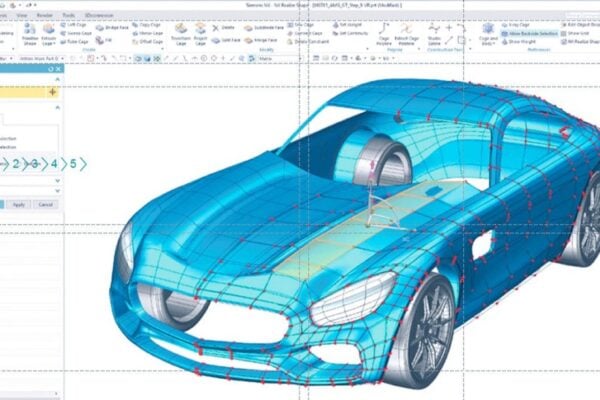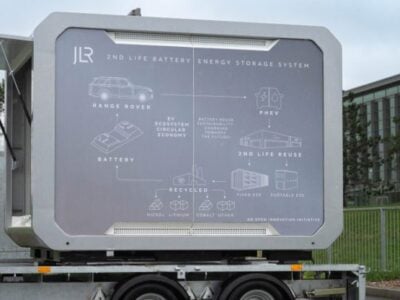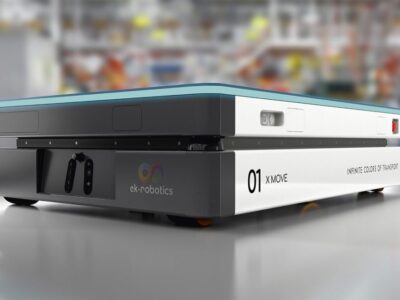
ARM deal boosts digital twin design of cars
The digital twin deal adds ARM’s chip IP, methodologies, processes and tools to the PAVE360 environment in Siemens Digital Industries Software’s Xcelerator.
This will provide software models of the ARM hardware used in active-safety, advanced driver assistance, in-vehicle infotainment, digital cockpits, vehicle-to-vehicle/vehicle-to-infrastructure and self-driving vehicles as well as the embedded software tools. Using a combination of hardware simulators and emulators, these models can then run entire software stacks, secutiry software and even applications to emulate an entire vehicle design, hence the term ‘digital twin’.
Having this digital twin of a vehicle design allows for testing earlier in the development cycle but also allows a design to be simulated and tracked through the lifetime of the physical vehicle. This provides vital information on the state of the design and enables predictive maintenance so that potential failures can be addressed before they become an expensive problem.
“Our goal is to provide transportation companies and suppliers the most comprehensive digital twin solutions, from the design and development of semiconductors, to advanced manufacturing and deployment of vehicles and services within cities,” said Tony Hemmelgarn, president and CEO at Siemens Digital Industries Software. “Siemens believes collaboration with ARM is a win for the entire industry. Carmakers, their suppliers, and IC design companies all can benefit from the collaboration, new methodologies and insight now sparking new innovations.”
The PAVE360 digital twin environment applies high-fidelity modeling techniques from sensors and chips to vehicle dynamics and the environment within which a vehicle operates. With the ARM IP, including ARM’s Automotive Enhanced (AE) products with functional safety support, digital twin models can run entire software stacks providing early metrics of power and performance while operating in the context of a high-fidelity model of the vehicle and its environment.
“Developing future transportation solutions requires collaboration across complex ecosystems,” said Dipti Vachani, senior vice president and general manager, Automotive and IoT Line of Business at ARM, which is woned by Softbank of Japan.
“ARM technology has been deployed in applications across the whole vehicle for more than two decades, and our collaboration with Siemens redefines what is possible in terms of safety-capable, scalable heterogeneous compute. We see this as an important catalyst for the next wave of automotive semiconductor innovation.”
This means car designers and suppliers can simulate and verify sub-system and system on chip (SoC) designs, and better understand how they perform within a vehicle design from the silicon level up, long before the vehicle is built.
Related digital twin articles
- UAV TWIN PROVIDES PREDICTIVE MAINTENANCE
- DATA SPEC FOR SWITCHGEAR AND CONTROL SYSTEMS
- SIEMENS SEES RESTRUCTURING START TO PAY OFF
- SEMCON PARTNERS WITH EDRMEDESO ON DIGITAL TWINS
 If you enjoyed this article, you will like the following ones: don't miss them by subscribing to :
eeNews on Google News
If you enjoyed this article, you will like the following ones: don't miss them by subscribing to :
eeNews on Google News



